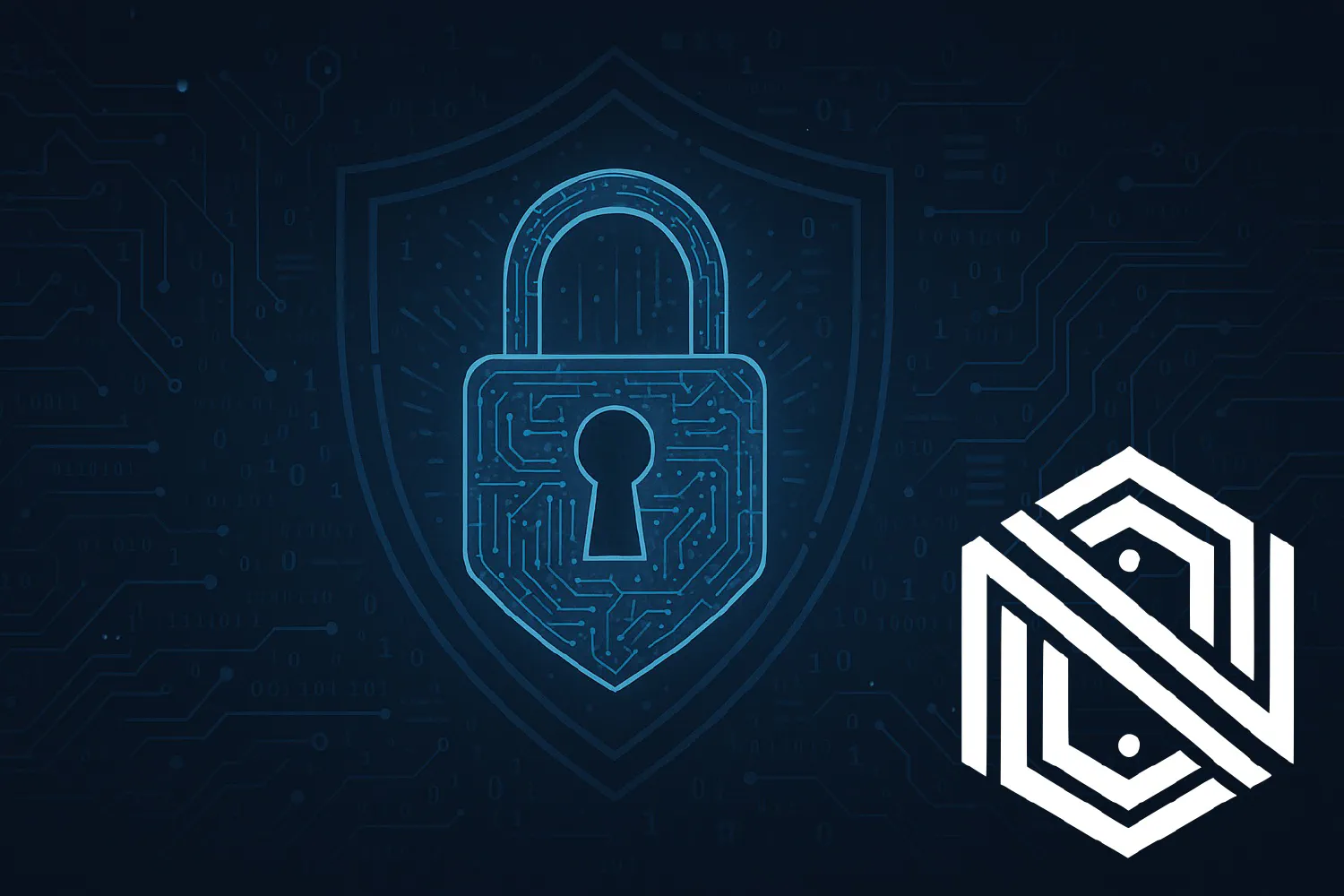The Security Benefits of Simplifying IT Systems

In the modern business environment, IT complexity is often seen as a sign of technological advancement. Organizations layer on new tools, services, and integrations in an attempt to enhance productivity, security, and operational efficiency. However, complexity comes at a cost—especially from a security perspective. Simplifying IT environments not only reduces overhead but also minimizes security risks, improves visibility, and makes it easier to maintain strong security controls.
Complexity Increases the Attack Surface
Every piece of software, every system, and every integration within an IT environment introduces potential vulnerabilities. The more tools a business uses, the more entry points attackers can exploit. Reducing unnecessary systems and software shrinks the attack surface, making it harder for attackers to find weak points to exploit.
Unused and Redundant Tools Are Security Liabilities
Many organizations accumulate IT tools over time without fully deprecating older systems. Legacy applications and redundant software create hidden security risks, as they often go unpatched or unnoticed. Attackers specifically look for outdated and unmaintained systems to exploit. By simplifying the IT environment and eliminating unnecessary tools, businesses can focus their security efforts on protecting the systems that truly matter.
Easier Patch Management and Vulnerability Mitigation
Managing patches and updates is one of the most critical aspects of cybersecurity. The more systems a company uses, the harder it becomes to track and apply patches consistently. A simpler IT environment means fewer updates to manage, reducing the risk of unpatched vulnerabilities and making it easier to maintain a secure posture.
Improved Visibility and Monitoring
Security teams can’t protect what they can’t see. A complex IT environment can lead to blind spots, where unmonitored systems create hidden vulnerabilities. By consolidating tools and streamlining infrastructure, organizations gain better visibility into their security landscape. A more manageable environment enables more effective monitoring, logging, and threat detection.
Minimizing Configuration Errors
Misconfigurations are one of the leading causes of security breaches. The more tools and systems a company manages, the greater the likelihood of mistakes—whether it’s an improperly configured firewall, excessive user permissions, or insecure API integrations. A simplified IT environment reduces the chances of human error and makes it easier to enforce consistent security policies.
Lowering the Risk of Shadow IT
When official IT solutions are too complex or cumbersome, employees often seek out their own alternatives—leading to shadow IT. Unapproved tools and services introduce security risks because they are not subject to the organization’s security policies. By simplifying and streamlining official IT systems, businesses can reduce the need for employees to seek unauthorized workarounds, keeping the environment more secure.
Better Identity and Access Management (IAM)
Managing user access across dozens of tools and systems is a challenge, and excessive complexity increases the risk of privilege mismanagement. A streamlined IT environment allows for tighter control over user access, ensuring that employees only have access to the tools they need. This reduces the risk of privilege escalation attacks and insider threats.
Enhanced Incident Response Capabilities
When an organization faces a security incident, responders must act quickly to identify, contain, and remediate the threat. A complex IT environment slows down response efforts, as security teams must navigate a tangled web of systems to locate and address the issue. Simplifying IT infrastructure allows for faster incident detection, analysis, and resolution—reducing potential damage from attacks.
Stronger Compliance and Regulatory Adherence
Many industries are subject to strict regulatory requirements for data protection and security. A simpler IT environment makes it easier to ensure compliance by reducing the number of systems that need to meet regulatory standards. Auditing, reporting, and enforcing security controls become much more manageable when organizations aren’t juggling excessive tools and integrations.
Cost Savings Without Compromising Security
Maintaining a complex IT environment is expensive. Redundant tools, unnecessary licenses, and the operational overhead of managing excessive systems all add up. By eliminating unnecessary software and consolidating IT infrastructure, businesses can reduce costs while actually improving security posture. Security should be about efficiency and effectiveness—not just stacking more tools on top of each other.
Improving Employee Productivity and Security Awareness
A cluttered IT environment can lead to confusion among employees. When users have to navigate multiple platforms with inconsistent security policies, mistakes happen. A more streamlined IT setup makes it easier for employees to follow security best practices, improving overall security awareness and reducing human errors that lead to breaches.
Zero Trust Is Easier to Implement in a Simple Environment
The Zero Trust security model relies on strict access controls, continuous verification, and least privilege principles. Implementing Zero Trust in a highly complex IT environment is challenging because of the sheer number of systems and user roles involved. By simplifying infrastructure, organizations can more effectively enforce Zero Trust principles, ensuring that security policies are applied consistently.
Cloud Security Benefits from Simplification
Many businesses operate in hybrid or multi-cloud environments, but complexity in cloud security configurations can lead to major security gaps. A streamlined cloud strategy with fewer overlapping services reduces the likelihood of misconfigured storage buckets, excessive permissions, and unmonitored workloads—all of which are common cloud security risks.
A Simpler IT Environment Enables a Proactive Security Strategy
Security teams should be spending their time proactively identifying and mitigating risks, not managing unnecessary complexity. When IT environments are simplified, security professionals can focus on strategic initiatives like threat hunting, risk assessment, and security improvements rather than being bogged down by operational chaos.
Conclusion: Simplify for Stronger Security
The idea that “more tools mean better security” is a dangerous misconception. A simpler IT environment is easier to secure, monitor, and manage—leading to fewer vulnerabilities, faster response times, and a lower overall risk of breaches. By reducing unnecessary complexity, businesses can build a more resilient security foundation while also improving efficiency, reducing costs, and making life easier for employees and IT teams alike. In cybersecurity, simplicity isn’t just about convenience—it’s a fundamental part of a strong defense strategy.
